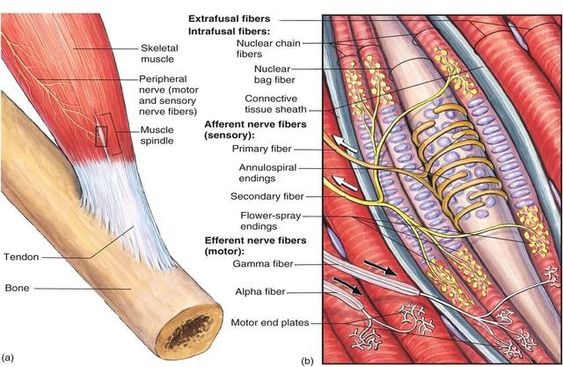Is adjusting without a thrust essential chiropractic or is it just another physical therapy?
Is adjusting without a thrust an essential chiropractic methodology or just another therapy we can use under our broad licensure?
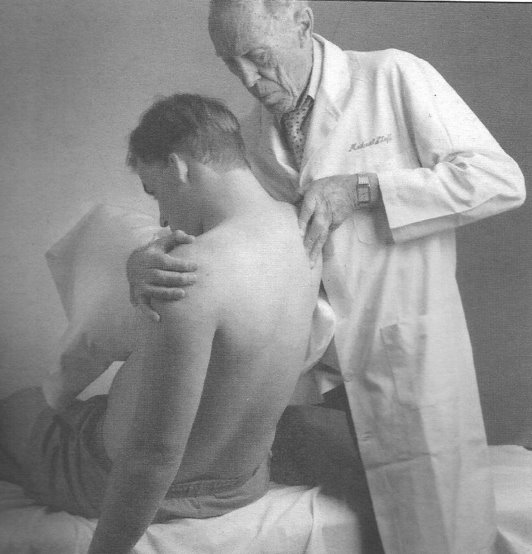
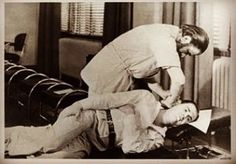
When we think of all the chiropractic techniques there are – from the old films of BJ doing a thrust that was designed to “put the bone in place” (with enough force to make a billiards break shot send all the balls racing to the far corners of the table), to Network or NUCCA contacts that use only bare minimums of force – they all have one thing in common: a force is directed into the line of greatest resistance. The origins of this kind of manipulation go back centuries, under such names as “bonesetting” but not until DD Palmer utilized and codified it was it enveloped with a central philosophy and hypothesis of healing, and the term “subluxation” brought into use as a descriptor for the disorder, and “adjustment” as the mode of entry for correction of the disorder. What would adjusting without a thrust into the line of greatest resistance encompass if it were to exist? Well, it would do what a thrust does: directly erase the cause of the subluxation, at the location of the subluxation. In the course Adjust Without a Thrust offered through Life Chiropractic College – West, KinEase Release MethodsTM, adapted from the osteopathic realm, chiropractors are taught to do just that: erase the cause of the subluxation at the level of the subluxation complex, but this time with the option of avoiding a thrust.
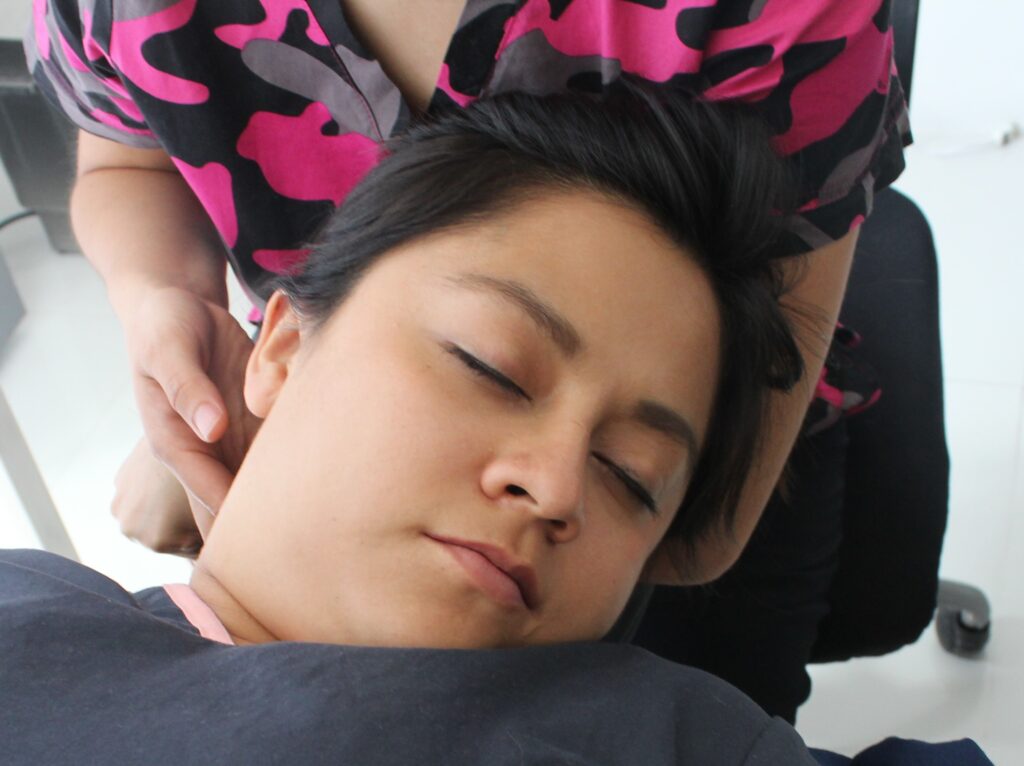
In the techniques used in KinEase Release MethodsTM (KRM) a force is applied, but not into the line of greatest resistance but rather into the direction of least resistance: the direction of ease. The techniques of positional release methods (aka: Strain/Counterstrain, Positional Release Therapy, Spontaneous Release by Position, Fold and Hold, Orthobionomy) give ease to the hypertonic muscle in somatic dysfunction, or strain: hence the word “counterstrain”. The origin of these techniques arise from an accidental discovery in the 1950’s of Dr. Lawrence Jones, an osteopath and then taught mostly to PT’s as DO’s were then, and now, focused more on utilizing allopathy and he could not interest his colleagues in his discovery. Why he never focused on teaching chiropractors instead of PT’s is a mystery to me in that he definitely held a vitalistic perspective, but far be it for me to understand the DC/DO politics of the 1950’s-70’s when he was most active as a teacher. His proteges are mostly PT’s and focus on their realm. These techniques are now being taught through KinEase Release Methods to chiropractors, along with the new discovery of Quick Release TechniqueTM that can speeds the response time of positional release type therapies. KRM classes also demonstrate proper ergonomics of osseous techniques.
Is it a chiropractic adjustment or a physical therapy procedure?
So, it did not come out of chiropractic but is it chiropractic, or is it physical therapy? Well, back when Dr. Lawrence Jones made his accidental discovery, there was little to distinguish chiropractic manipulative therapy from osteopathic manipulative methods, but, in this case the comparison is a moot point because what he discovered had nothing to do with any kind of osseous or non-osseous thrusting adjustment. The adjustment was achieved by putting the hypertonic portion of the subluxation (or its synonym at the time, “osteopathic lesion”) into slack. Putting something into slack is not putting a force into it, it is doing the opposite. It is taking a force out of it. It is removing the tonic energy circulating between the spinal cord and the muscle spindle: lowering what is called “gain” in physics. This is explained by neurobiologist Irvin Korr,PhD, in his papers beginning in the 1970’s and his hypothesis on the cause and cures for somatic dysfunction have largely stood the test of time. His ideas were astutely extrapolated upon by Dr. Jones to explain what is going on in the subluxation when one moves the joint into the direction of ease and out of tenderness and hypersensitivity. You can think of what is going on in this scenario as lowering the volume of a loudspeaker to silence or near silence. Once that silence is achieved in the aberrant reflex arc, the aberrant signal stops and the normal tone of that feedback loop can re-establish itself, much like a computer reboot and restore. So, yes, it is an adjustment in the truest sense. It adjusts the “tone” of the subluxation to normal, just as DD Palmer first proposed as the effect of the adjustment, and it does so specifically at the site of the subluxation, vs. via a generalized response such as one might gain from physical therapeutics.
In fact, “adjustment” is a great word for Strain/Counterstrain and other KRM methods because these techniques “adjust” the setting of the muscle spindle and the related Golgi Tendon Organ as specifically as a chiropractic thrust. According to Dr. Korr, a thrust works on the level of overstimulating the Golgi Tendon Organ to create an inhibitory resetting response of the global GTO/muscle spindle/ spinal cord reflex arc. Counterstrain works directly on resetting the muscle spindle which in turn directs the GTO tone setting, but the muscle spindle is never touched nor stimulated. Rather, it is put into a more relaxed position which naturally reduces the “gain” or “volume” of the tension setting feedback loop between afferent sensory and efferent motor nerves within the spindle. For this reason it is sometimes called an “indirect technique” but that in no way implies that it does not directly affect the subluxation precisely at the level of the subluxation complex. “Indirect”, in this case, just implies that a force is not being applied to the motor unit in somatic dysfunction and therefore there is almost never a contraindication to using it as a treatment option (barring fracture or organic pathology for instance).
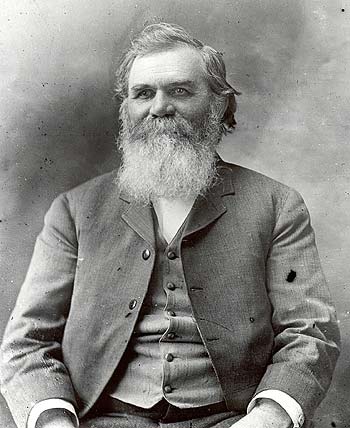
DD Palmer said that chiropractic was the “The Philosophy, Art and Science of things natural” and while one can extend this to herbal remedies, exercise, nutrition, etc. I think we can agree that the central tenet of chiropractic care is the adjustment, and these other natural methods are adjunctive, and do not directly treat the subluxation at the level of the subluxation complex. Direct treatment of the subluxation is what we call the adjustment. Therefore, whatever treatment that specifically corrects the somatic dysfunction at the site of the subluxation can be considered a chiropractic adjustment. KinEase Release MethodsTM does directly normalize the subluxation, even if the methods do not necessarily include a thrust. It is not the thrust, but the elimination of the subluxation at the level of the subluxation that makes something an essential chiropractic technique. It is my hope that I have interested you, as a chiropractor in learning more about what KRM has to offer.

